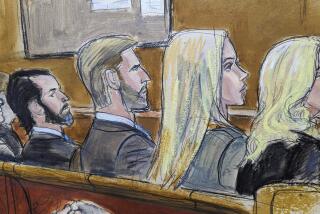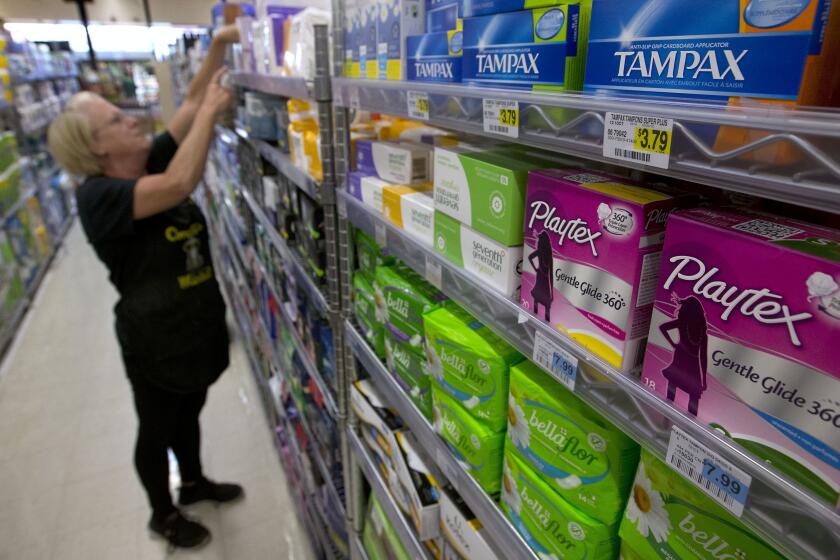Opinion: Why the porn habits of Alex Kozinski — or anyone — should raise red flags about potential harassment
- Share via
To the editor: In discussing Judge Alex Kozinski’s recent departure from the U.S. 9th Circuit Court of Appeals after allegations by several women of sexual misconduct, The Times Editorial Board states that private pornography consumption and alleged sexual harassment cannot be compared, because the former action is legal. (“Alex Kozinski’s retirement doesn’t end the discussion about sexual harassment in the judiciary,” editorial Dec. 19)
Pornography consumption is indeed legal, but that does not make it incomparable to sexual harassment. They are intimately connected. Pornography consumption fuels sexual harassment.
In fact, a meta-analysis of 46 studies reported that the effects of exposure to pornographic material are “clear and consistent,” and that pornography use puts people at increased risk for accepting rape myths, which fuel sexual harassment, and even for committing sexual offenses.
The editorial board rightly suggests the federal judiciary should rededicate itself to preventing “sexual harassment or other forms of abuse and exploitation.” In so doing, the judiciary should consider the real connections between all forms of sexual exploitation.
Private pornography viewing may be legal for a judge just as it is for other Americans. But as Kozinski’s case illustrates, judges are no more immune from pornography’s harmful effects than others.
Patrick A. Trueman, Washington
The writer, president and chief executive of the National Center on Sexual Exploitation, was head of the Child Exploitation and Obscenity Section of the U.S. Department of Justice’s Criminal Division from 1988 to 1993.
Follow the Opinion section on Twitter @latimesopinion and Facebook
More to Read
A cure for the common opinion
Get thought-provoking perspectives with our weekly newsletter.
You may occasionally receive promotional content from the Los Angeles Times.






